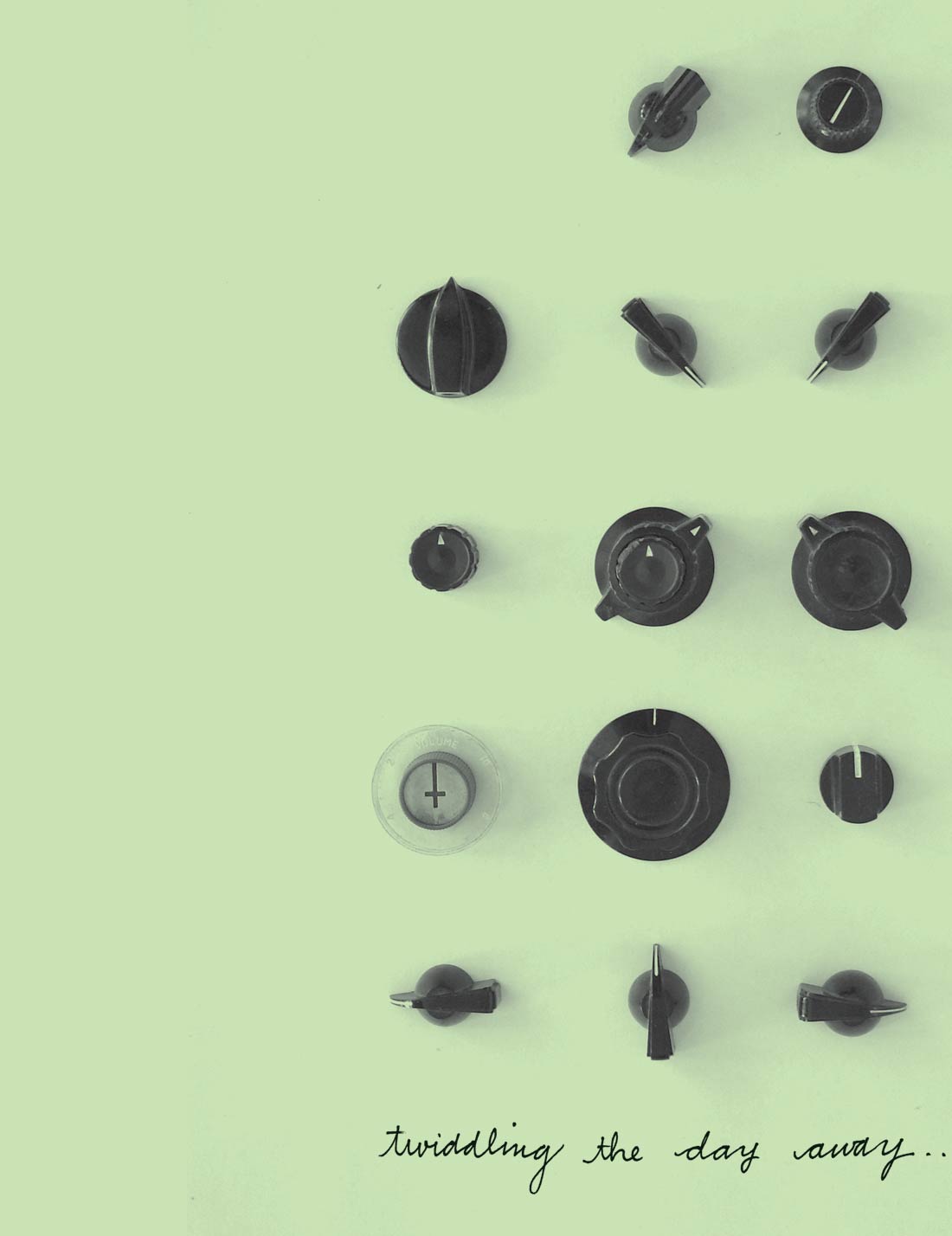Awhile back, I was looking to augment my meager mic preamp collection, as I found myself not having enough "good" preamps to track a band all at once. I had read a lot of praise for the DAV Broadhurst Gardens preamps online and decided to investigate. I emailed Mick Hinton, the designer, and was pleasantly surprised to get a reply about thirty seconds later. I wrote that I was about to start recording my band's new record in two weeks and could he build me a preamp in that amount of time? He replied that he was totally swamped, but he would try. And sure enough, less than two weeks later, a BG No. 2 arrived at my door. It's been my main preamp ever since, so let me tell you a little bit about it.
The BG No. 2 is a four-channel preamp; there are also two-channel and eight-channel versions available. Each channel has switches for phantom power, polarity-reverse, and 26 dB pad. There's a high-pass filter which on mine can be set at 22, 36, or 68 Hz, but on current models is fixed at 68 Hz only. There are also +17 dBu signal and +21 dBu clip lights, although the unit won't actually clip until +29 dBu.
As soon as I pulled it out of the box, I plugged it in and ran kick, snare, and overheads through it. Hey... that sounds nice. Kick and snare both sounded a little clearer and better defined than I was used to hearing, but what really sold me was how the BG handled the AKG C 33 E I like to use for overheads. The AKG is a wonderfully detailed mic, but it is definitely on the bright side, and now that I'm recording solely to digital, I sometimes find it's just too much. Through the DAV though, it sounded really nice. The detail and imaging I'm so fond of were there, yet the high end seemed a lot less scratchy than with some other preamps I'd tried-not that the highs were attenuated at all, just that the quality of them was very smooth and pleasant.
Anyway, since then, I've been using the BG for drums in basic tracking and then all overdubs thereafter. And I've been finding that mixes are coming together a lot easier than they used to-which might be partially due to my becoming slightly less incompetent as an engineer, but I'm giving most of the credit to the BG. On one session late last year, I had a friend's Universal Audio 2-610 on loan and decided to use that for all the overdubs. Of course, that's a very colored preamp, and I should've known better, but suffice it to say those tracks were a lot harder to mix than tracks by the same band done through the BG. The mixes turned out fine in the end-just a lot more work to get there.
I would describe the BG as fast and clear without being the least bit sterile. It's not a "magic" preamp (like how everyone seems to describe the Chandler Germanium for electric guitars); it just sounds good. What I like about it is kind of the same thing I like about my Lavry converters and my B&W 805s; all of these things just do their job really well and don't call any undue attention to themselves. And I've come to realize that I prefer a clean preamp for most things; I have plenty of other boxes (Distressor, FATSO, 1969, etc.) that I can put after the preamp if I want to add a little bit (or a lot) of fur to the proceedings.
What else... there's plenty of gain available for ribbon mics, yet the pads are a lifesaver for recording drums to digital if you're a proponent of conservative levels like I am. I can't say I'm a fan of running the BG super hot, but it will take a lot of abuse before it starts sounding nasty. The other day, I had an acoustic guitarist suddenly switch from delicate finger picking to violent strumming, lighting up the peak lights like crazy, but the BG didn't blink, and everything sounded fine in the end.
I really don't have a bad word to say. For the price, I think these preamps are pretty tough to beat. Oh right, the price... I paid $1450 for mine a couple years ago. Even given the sorry state of today's dollar, at the current higher price, it's still a steal.
($1640 MSRP; www.davelectronics.com)
Tape Op is a bi-monthly magazine devoted to the art of record making.




_disp_horizontal_bw.jpg)